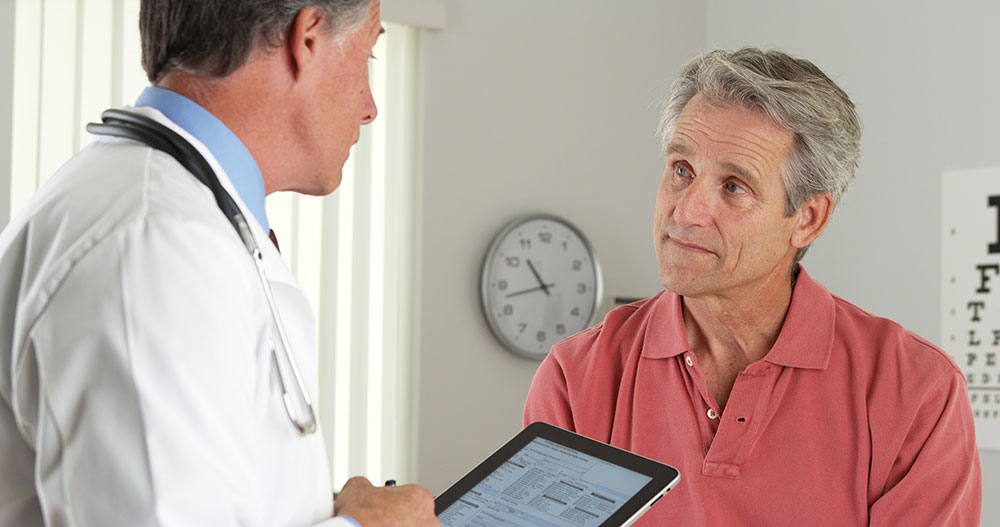Bolton NHS Foundation Trust is an integrated care organisation in the northwest of England. Like many other regional healthcare providers, it is centred at one large local hospital, Royal Bolton Hospital, and provides services at about 30 locations in the area.
Clinicians tend to work around the clock from a variety of locations, including patients’ homes, the hospital, and out in the community. But because the trust didn’t have a mobility solution, they weren’t able to access hospital resources from offsite locations. If specialists were not available on site, critical diagnoses and patient care decisions were delayed.
Needing to refresh the trust’s ageing desktop estate, Chief Technology Officer Brett Walmsley saw an opportunity to make a quantum leap. “Our goal is consistency,” Walmsley says. “We wanted to give staff a consistent user experience wherever they were in the hospital, in community clinics, or providing care in patient’s homes.”
Securely delivering apps and data
Walmsley and his team chose Citrix XenApp and XenDesktop to deliver virtual apps and desktops that clinicians can access from anywhere, on any device.
Within trust premises, clinicians can access their apps and desktops on iGel thin-client terminals. The solution uses single sign-on technology from Imprivata, and terminals are equipped with RFID readers that allow users to tap their identity badges on the reader to instantly access their desktop session. Unidesk is used for application management and AppSense is used to control user profiles and policies.
Improving patient care by delivering critical diagnoses more quickly
“This is not just about technology as an enabler. It’s not just about putting in faster machines. The Citrix virtual desktop has changed the way our clinicians work,” Walmsley says.
Using any thin-client terminal on premises, clinicians can retrieve their session where they left off, allowing them to always have patients’ details at their fingertips. Someone can load patient records or an x-ray image at any terminal and access those same records from another screen in a consulting room or from their personal tablet or PC at home. Logon times have been reduced to just two or three seconds.
“The new virtual desktop has made life so much easier as a consultant working in acute medicine. All applications run much, much quicker and I can quickly log in to the terminal closest to the patient I am treating,” says Dr Simon Irving, Consultant Acute Physician. “Then there’s the teaching aspect. I can work on a presentation in my office, walk to the seminar room, tap to login and there’s my presentation, ready to go. No messing with pen drives, email or anything else.”
Services can also easily be taken into the community. Doctors running clinics in local healthcare centres can access the same desktop they use in hospital. Consultants can even access high-definition, 3-D, diagnostic-quality images. “Rather than drive from home to Accident & Emergency, our senior ophthalmologist can make a diagnosis from home on his laptop,” Walmsley says, adding that this saves critical time and speeds patient diagnosis. “We’re making a real difference to real people.”
Another obvious gain is from a data security point of view. People used to leave their sessions “open” as logging in and out took too long to be efficient in an acute medical environment. Now, the ease of logging in and out of personal desktops discourages people from leaving their sessions active. All in all, the new desktops have made life simpler and more efficient in the wards.”
Saving time and money through simpler IT management
Because the trust’s IT team has only 21 people, efficiency is important in everything they do. With XenApp and XenDesktop, IT now has to manage only a single desktop image rather than managing many desktops on individual machines. They also centrally manage policies, profiles, security, software upgrades, and patch management in the data centre.
They can easily resolve hardware failures by simply plugging in a new thin-client terminal.
Thin-client terminals are considerably cheaper than desktop PCs and have a longer life. Walmsley anticipates that each terminal will have a useful life of five-to-seven years. They also consume less energy – just 2 to 6 watts compared to 40 or 50 watts for a PC. Measured across 3,200 terminals, that represents a considerable annual saving in energy costs.


